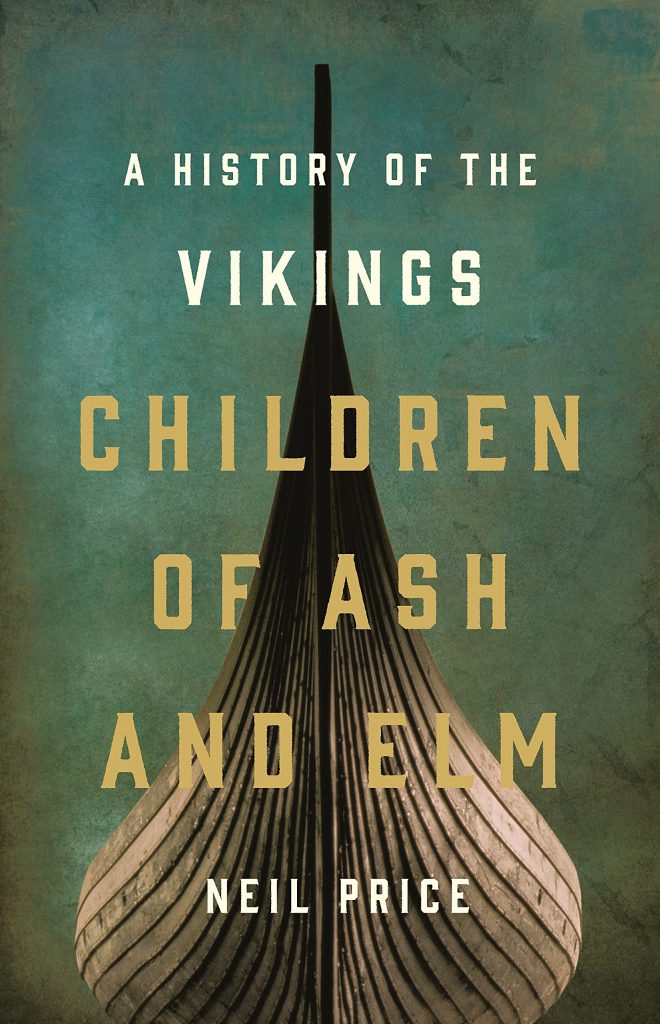
Truly, everything you might ever want to know about Vikings and how they ruled with terrible violence is scrutinized. Scandinavia, Western Europe, and the British Isles from roughly 700 – 1,000 CE were all under Viking rule. What makes the book so compelling, however, is the degree to which the author explains the tools of modern archaeology. Long gone are simple descriptions of dates, rulers, eras, and material culture. In the olden days of archaeology, the past was filtered through strongly clouded lenses. Thusly, the Vikings have largely been described by Christian missionaries who were at first overwhelmed by pagan invaders and later rationalized their missionary zeal for conversion by re-imagining Viking perceptions of the world. Price puts on a pair of 21st century lenses.
To take one example, Viking religion and belief in their gods was understood only in relation to Christianity, while Price argues rather effectively that even the concept of religion is a construct of monotheism. Price cross-references material objects found in archaeological digs, nordic sagas which mostly tell us what Vikings wanted to believe and fossilize about themselves, and a handful of written accounts left by traders, mostly Arab and a few Jewish who ventured north. The result is a description of life that does its best to describe Vikings as they saw themselves and to expand our vision of the past to include women, LGBTQIA, slaves, immigrants, emigrants, mealtime, daily work, child rearing, and so forth.
Most remarkable is the degree to which the combination of story and artifacts make clear the extent to which even in the first millennia the Vikings were integrated into a global economy. There are Vikings and Viking things in Egypt, Iraq, India, and China. Walrus tusks, for example, and Viking swords are found along the Silk Road. Simultaneously, there are Vikings buried in silk.


